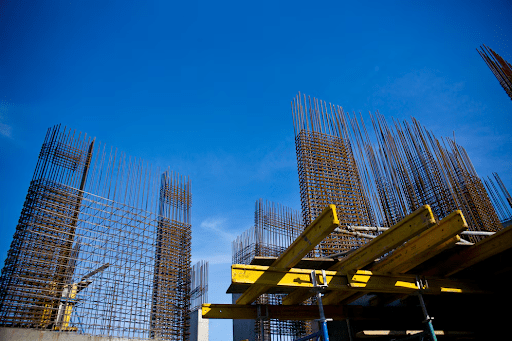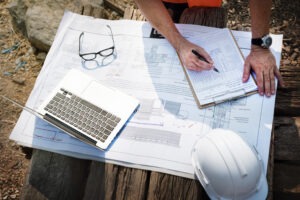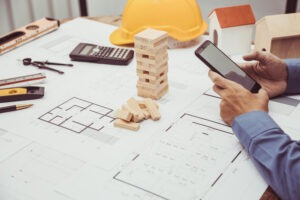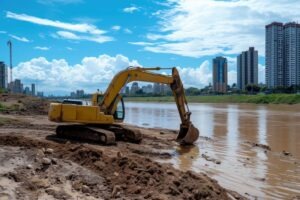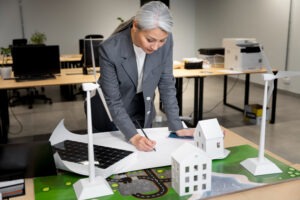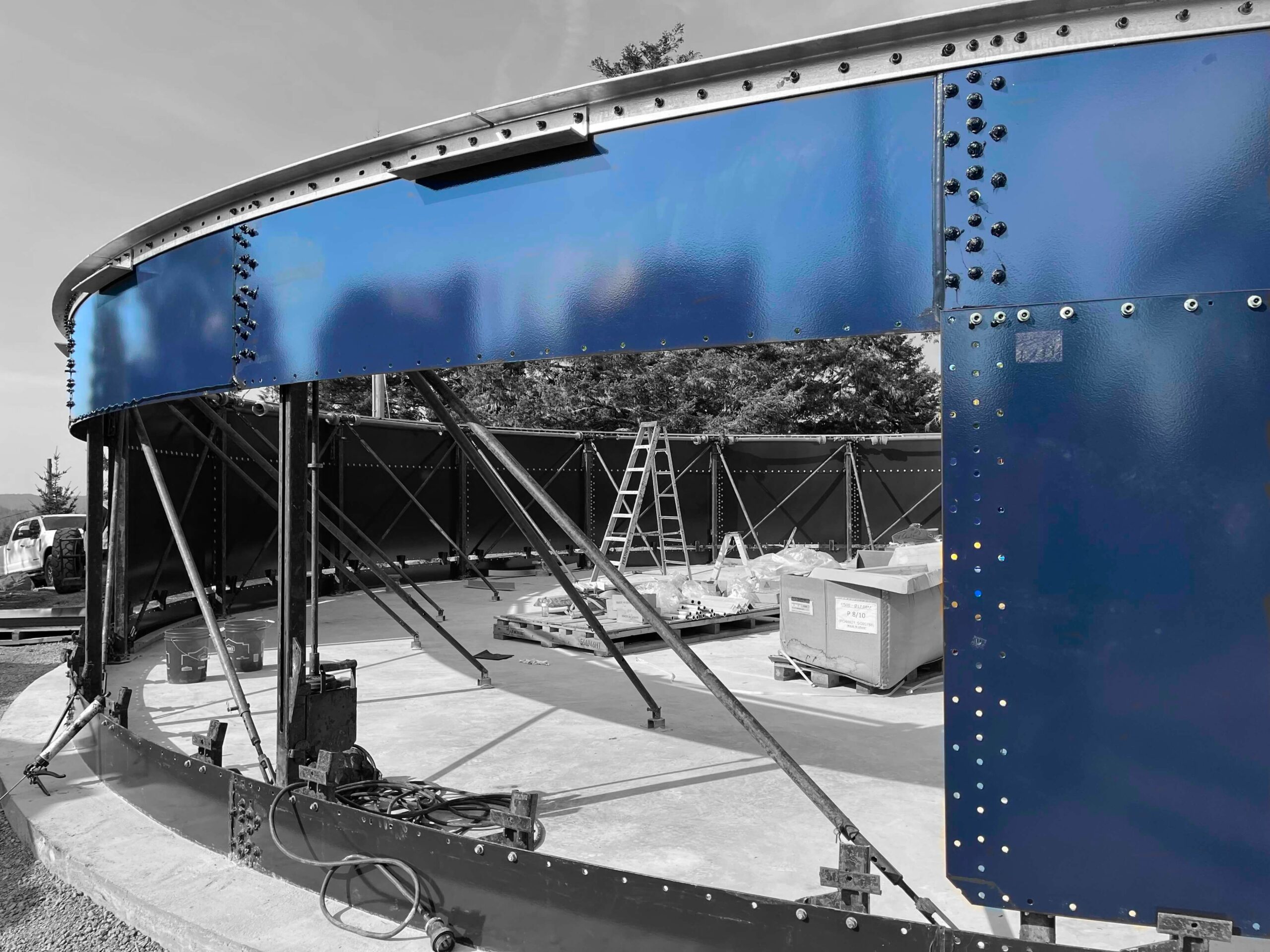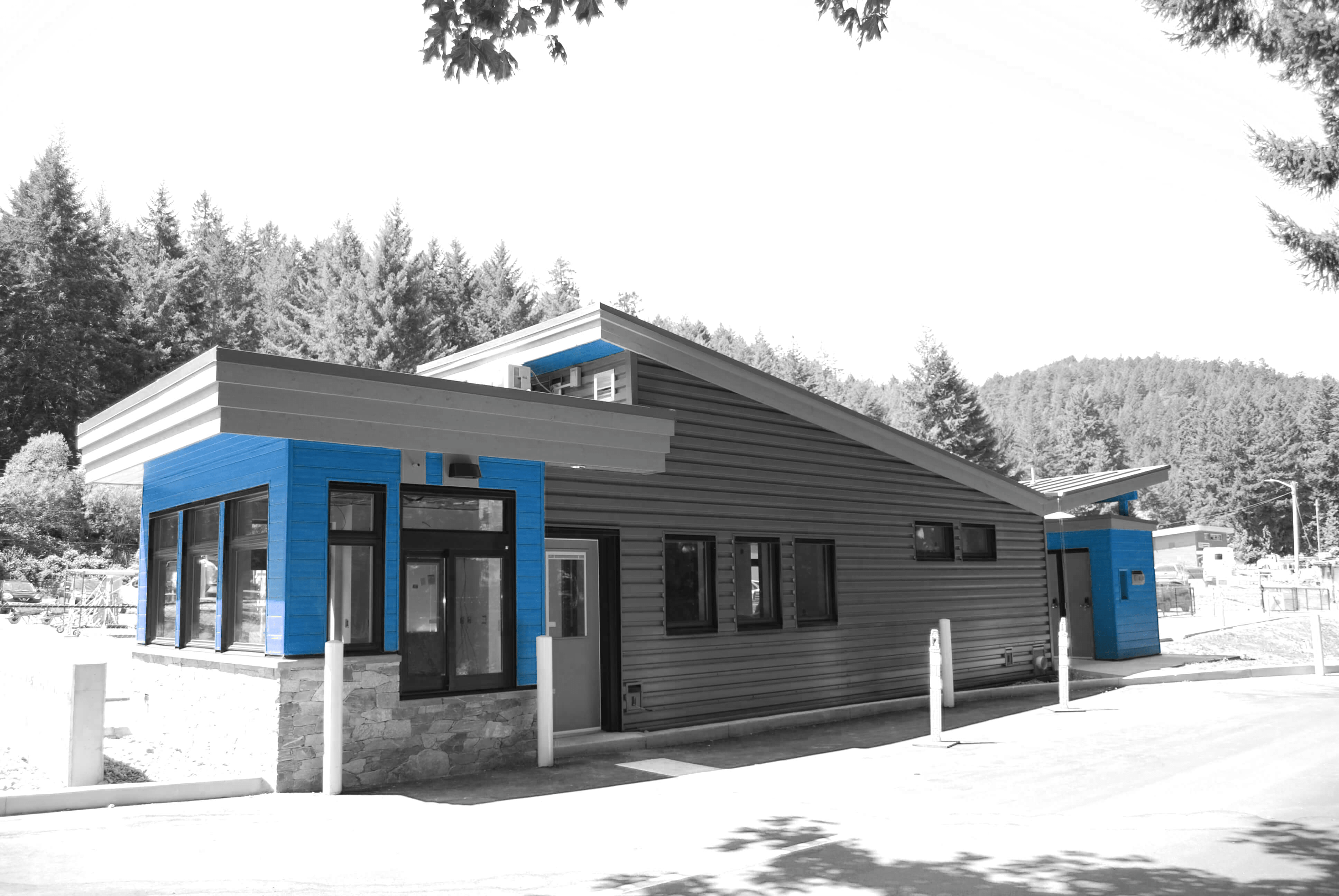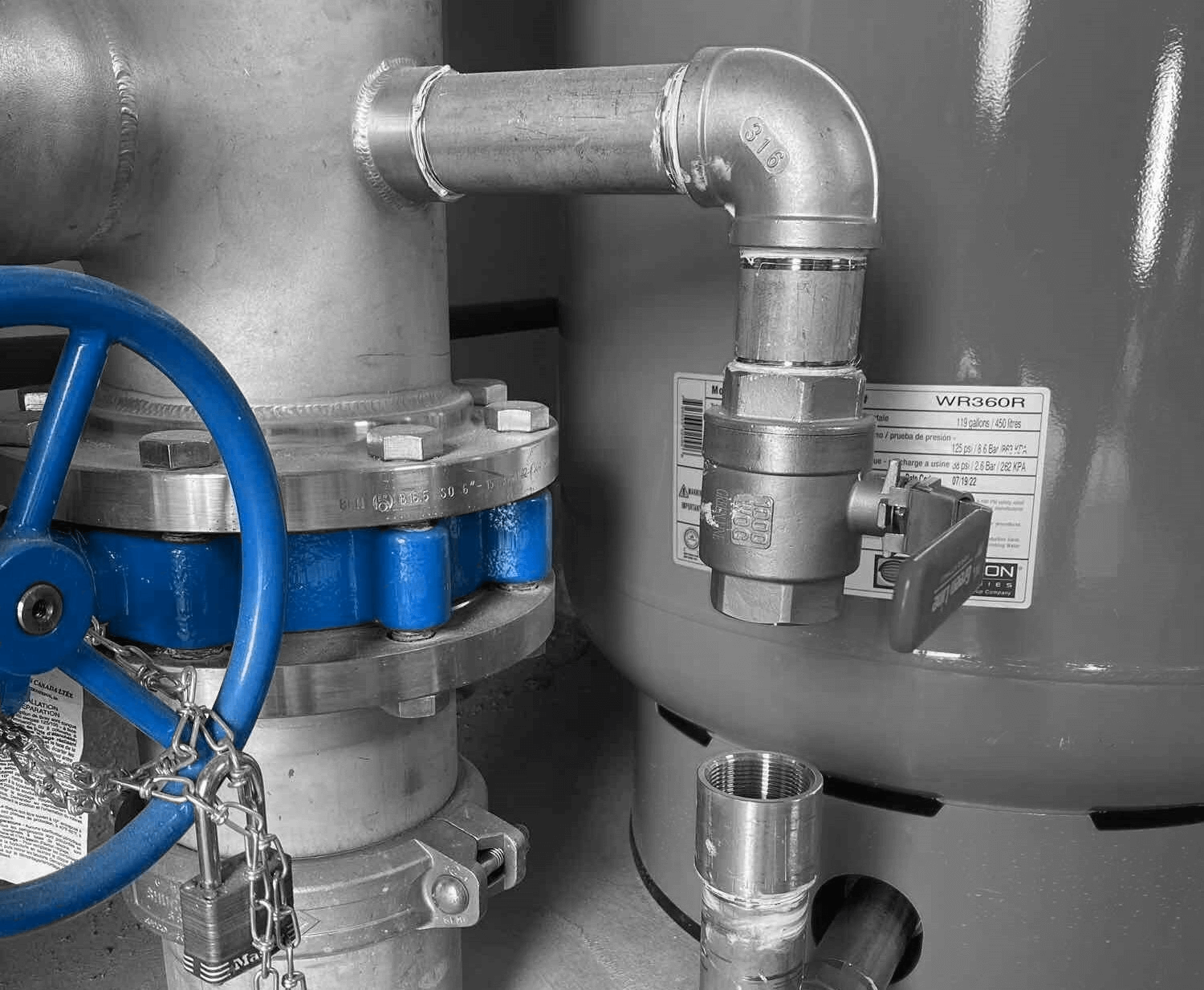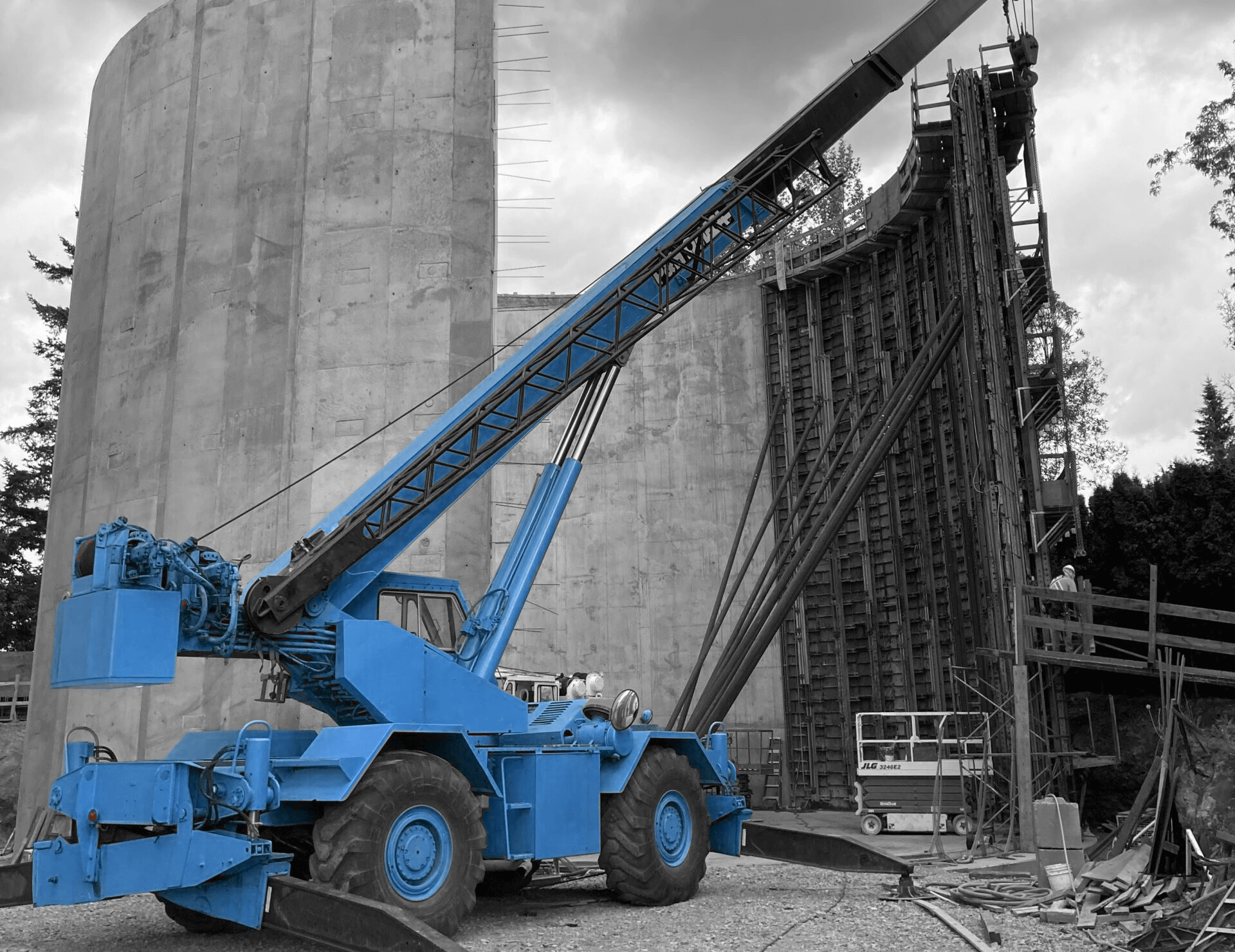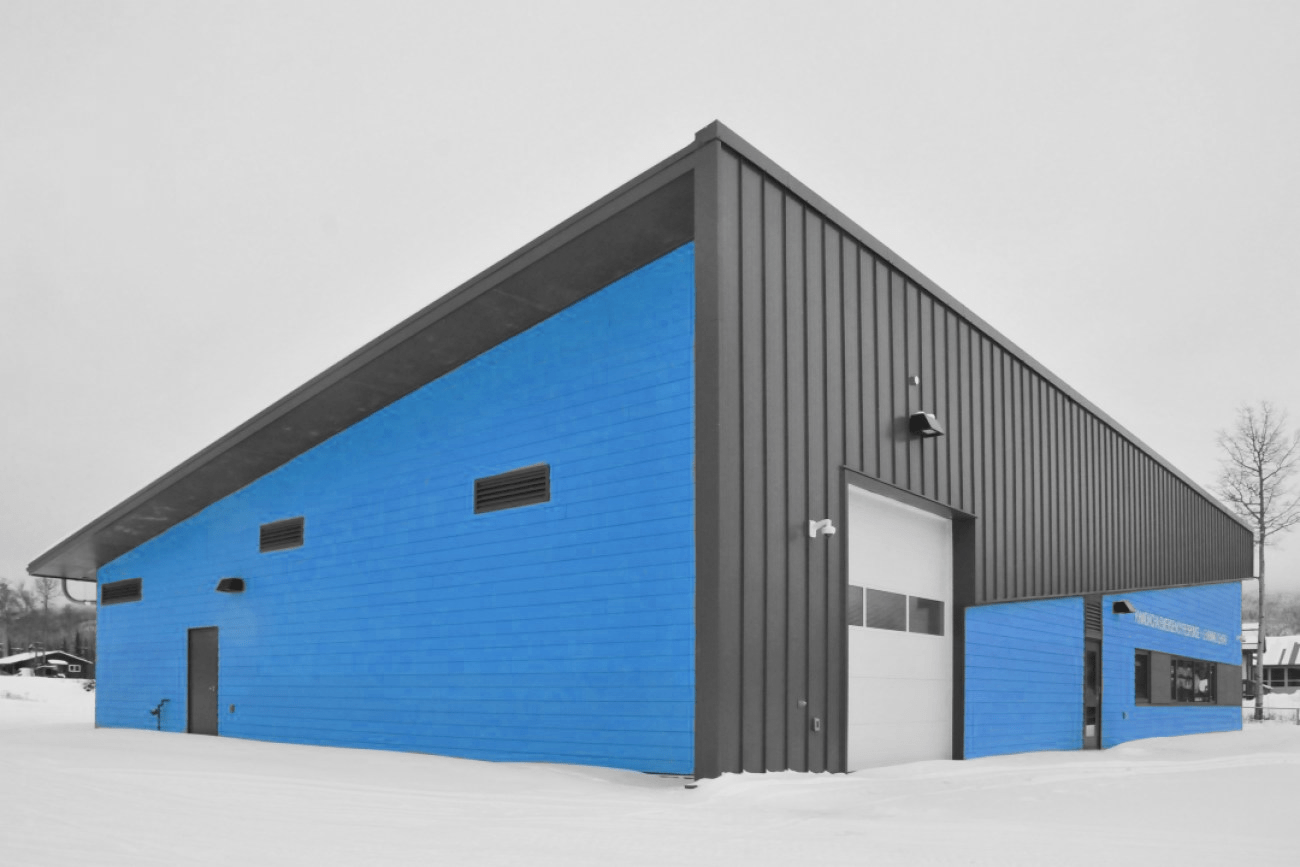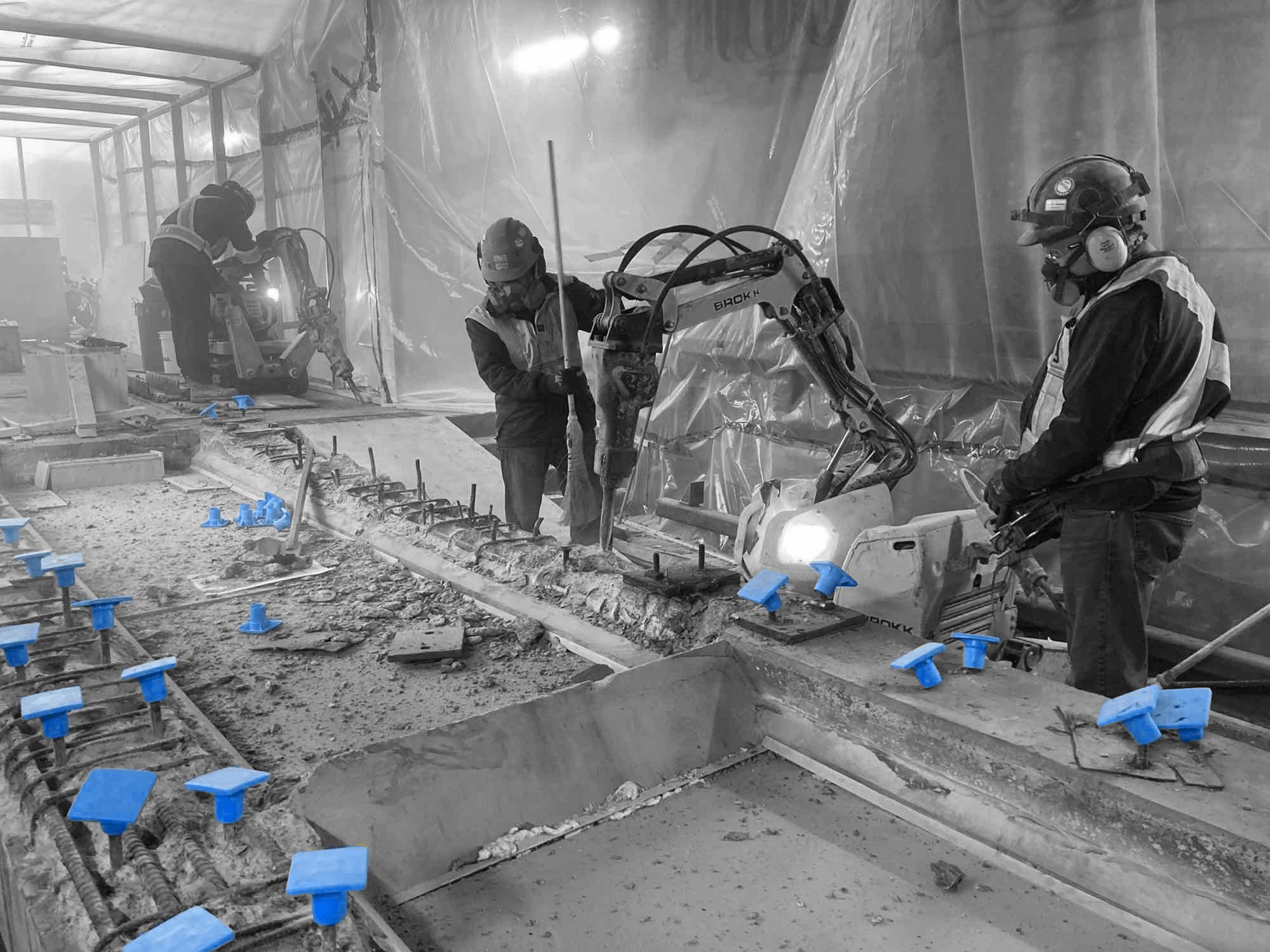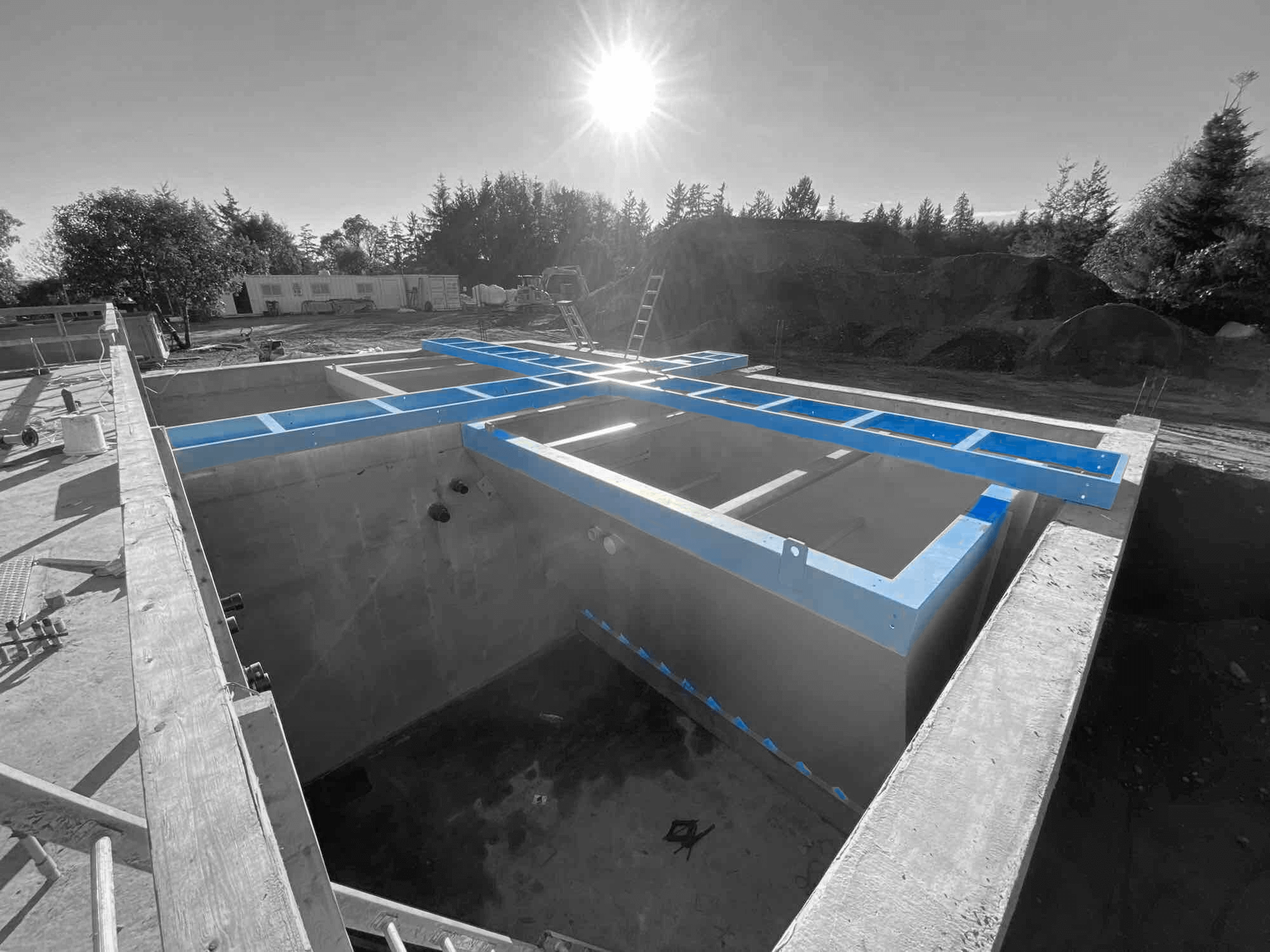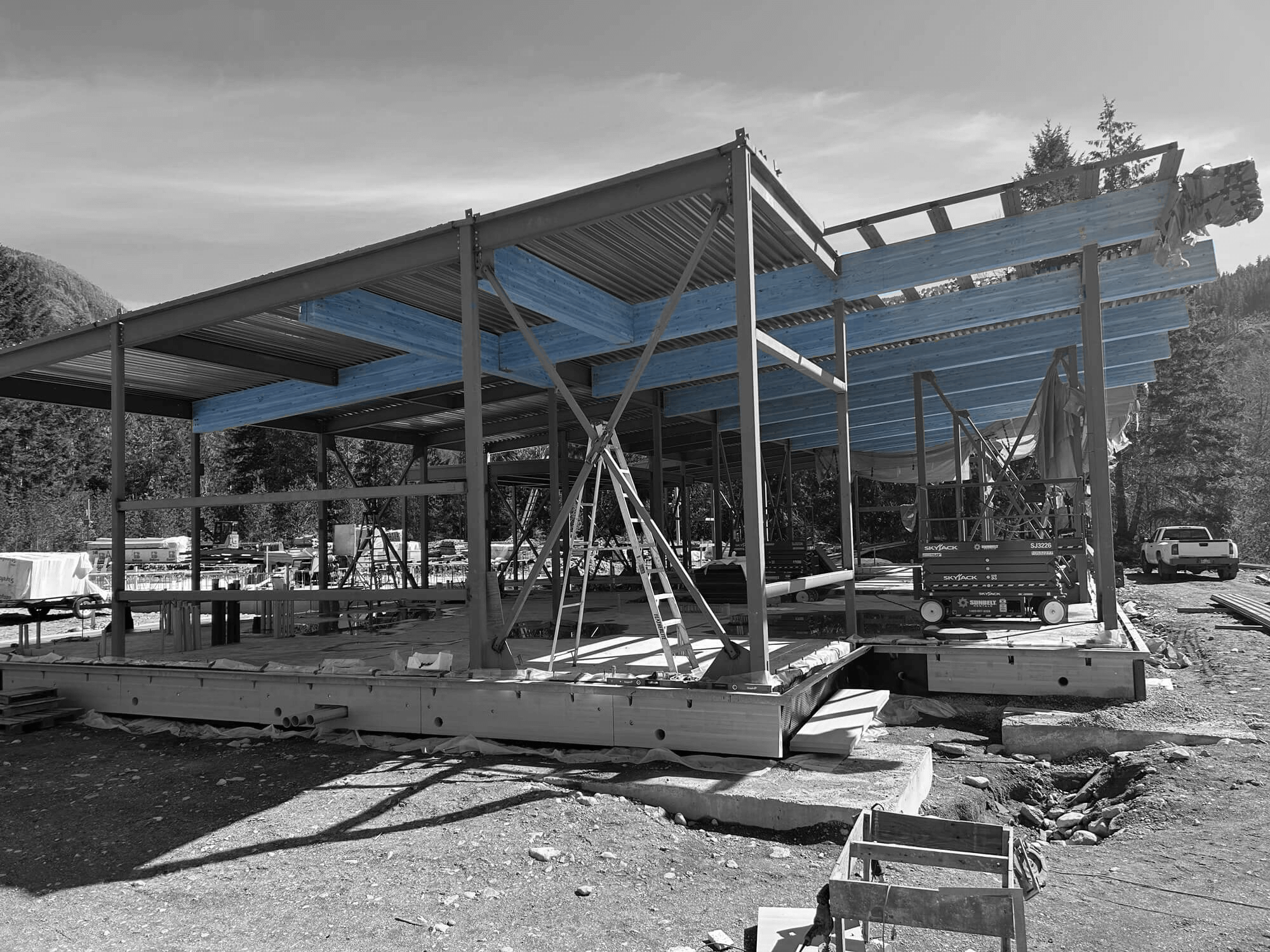Steel buildings are gaining popularity in the industrial sector, particularly for factories. Their durability, cost-effectiveness, and adaptability make them a preferred choice for many businesses seeking efficient and robust solutions for their operational needs.
Factories demand structures that can withstand intensive use and large-scale operations. Steel buildings meet these demands with an impressive strength-to-weight ratio, providing sturdy and reliable facilities that keep operations running smoothly. This strength does not compromise flexibility, allowing for easy expansion or modifications as the business grows.
Moreover, steel’s versatility allows for quick construction, reducing downtime and saving costs. It offers advantages in sustainability, too, as steel is recyclable and reduces waste. By choosing steel buildings for factories, companies gain not only efficient structures but also make environmentally conscious decisions that align with today’s focus on green construction.
Advantages of Steel Buildings for Factory Construction
Steel buildings stand out as an excellent choice for factory construction due to their unmatched durability and strength. Factories require tough structures that can handle large machinery, heavy tools, and constant activity. Steel, known for its robust nature, provides a solid foundation that meets these needs.
Resistance to natural elements is another big advantage. Steel buildings can withstand extreme weather, such as strong winds, heavy snow, and even minor earthquakes. This makes them a reliable choice for factories located in regions prone to intense climatic conditions. The strength and resilience of steel ensure the safety and longevity of the structure.
In addition to strength, steel buildings offer a level of fire resistance not found in many other materials. This added layer of security protects valuable equipment and inventory, which is crucial for maintaining business continuity.
Steel structures also offer flexibility in design, allowing for spacious interiors without the need for obstructive columns. This open space is ideal for production lines, storage, and efficient workflow. Easy modification and expansion options mean factories can grow and adapt as business demands change. With these advantages, steel buildings clearly meet the diverse needs of modern factory construction.
Cost-Effectiveness and Time Efficiency
Steel buildings provide significant cost savings and time efficiency, making them an ideal choice for factories looking to maximize their budget and resources. Here are some of the ways steel buildings help save money and time:
1. Reduced Material Costs: Steel is generally more affordable compared to materials like concrete or brick. Its availability and the efficiencies in steel production help in keeping costs in check.
2. Quick Construction Time: Steel buildings are often pre-engineered, which simplifies and speeds up the assembly process. This reduces labour costs and allows businesses to start operations faster, minimizing downtime.
3. Lower Maintenance Costs: Over time, steel buildings require less maintenance compared to traditional structures. Its resistance to pests, rot, and general wear reduces repair expenses.
4. Energy Efficiency: Steel buildings can be designed with energy-efficient systems, including insulation and roofing materials that lower heating and cooling costs, contributing to long-term savings.
By focusing on cost-effectiveness and time efficiency, steel buildings offer a strong business case for factories. They not only facilitate quick setup but also ensure that operational expenses remain manageable, contributing to the overall profitability of the factory.
Sustainability and Environmental Benefits
Steel buildings are a smart choice for factories focused on sustainability and reducing their environmental footprint. Steel’s recyclability is a major environmental advantage. Nearly all steel used in construction is recyclable, meaning old structures can be dismantled and repurposed, reducing waste significantly.
The production process for steel has improved over the years, producing less carbon dioxide compared to other building materials. This reduction helps in lowering the overall environmental impact of factory construction. Choosing steel buildings contributes to eco-friendly initiatives by utilizing resources more efficiently.
Additionally, steel structures can incorporate green technologies easily. Designing them to include solar panels or rainwater harvesting systems becomes straightforward, thanks to the adaptability of steel. This synergy with eco-friendly technologies makes steel buildings an essential component of sustainable development strategies.
Energy efficiency in steel buildings further supports environmental goals. Their framework allows for the installation of insulation and energy-saving lighting, which reduces energy consumption and utility bills. By opting for steel buildings, factories align with sustainable practices, ensuring they minimize environmental impact while still achieving operational efficiency.
Design Flexibility and Customization Options
Steel buildings provide unparalleled design flexibility, making them ideal for factory settings where specific layouts and features might be needed. This flexibility means businesses can customize their spaces to fit workflow requirements or adapt spaces as production needs evolve.
One major benefit of steel design is the ability to span large spaces without internal support columns. This allows for open-floor plans essential for machinery placement and movement, enhancing efficiency in operations. Factories can optimize space use, accommodating production lines, storage, and even office spaces seamlessly.
Customization options extend to aesthetic considerations as well. Steel buildings can be tailored in appearance to reflect the factory’s branding, from the exterior look to internal detailing. Colour choices, finishes, and architectural styles can be incorporated without compromising strength or functionality.
Steel buildings also allow for easy expansion or reconfiguration as business demands change. Adding extensions or modifying existing layouts becomes more viable with steel, providing a cost-effective solution for growing businesses. This design adaptability ensures steel buildings remain functional and relevant throughout the factory’s lifespan.
Conclusion
Steel buildings stand out as a practical and sustainable choice for modern factories. Their strength and durability ensure they meet the demands of active industrial environments. Beyond their robustness, steel structures offer financial benefits, both in terms of initial setup and long-term maintenance savings. They align with sustainability goals, offering a green building solution that supports recycling and energy efficiency.
Design flexibility is another key advantage, allowing factories to tailor spaces according to specific needs and adapt as necessary. With all these benefits, steel buildings are a versatile choice for factory construction, providing both functionality and environmental responsibility.
Industra Construction Corp. can help bring your factory project to life with tailored steel building construction solutions that meet your specific needs. Contact us today to explore how we can support your goals and help create a space that’s both efficient and environmentally friendly.


